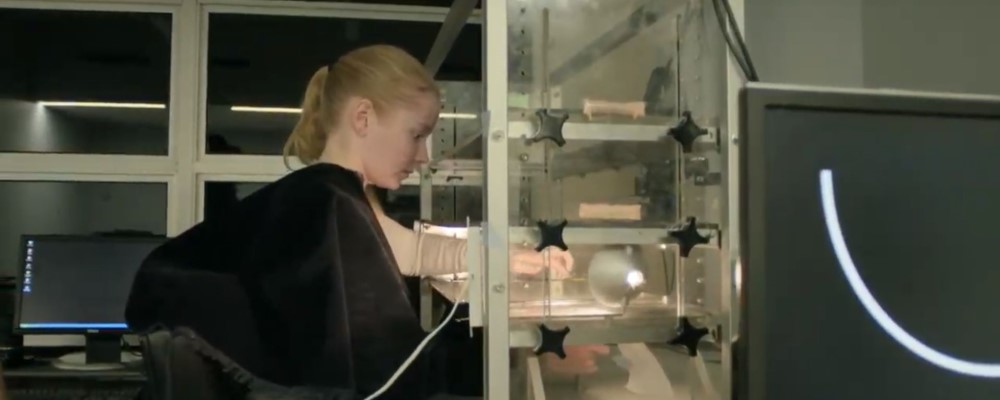
Point-to-point reaching is a lot more complex than it may seem. Understanding it can help countless people better interact with their world.
For most healthy young people, the motion of point-to-point reaching seems simple: starting from point A, you move your arm to take it to point B. But many systems are involved in making this transition, and lots of things can and do go wrong.
Denise Henriques, professor of kinesiology and health science at York University’s Vision: Science to Applications (VISTA) program, uses point-to-point reaching as a model to understand more complex movements.
In her tests, people need to engage multiple senses – such as vision, touch, and body position – and all of these need to coordinate to steer multiple body parts. Her findings have big implications for how environments and technology should be designed.
“In my research, usually we have people try to move a cursor that represents our hand onto different targets,” says Henriques. “So we have a target, they have to move their hand toward it to acquire that target. This involves multiple processes: they have to be able to assess where that target is, be able to figure out where that location is, and figure out the correct movement toward it.”

